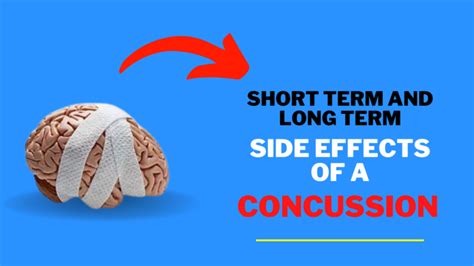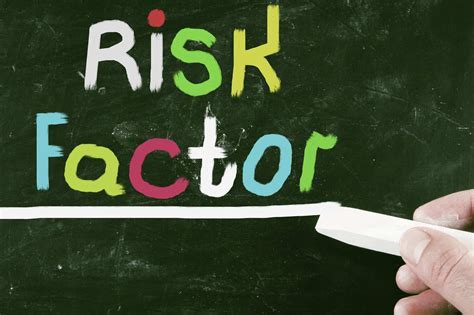Intro
A concussion is a type of traumatic brain injury that has gained significant attention in recent years due to its potential long-term effects on cognitive and physical health. The importance of understanding concussions cannot be overstated, as they can occur in various settings, including sports, accidents, and falls. Concussions are a major public health concern, and it is essential to recognize their symptoms, causes, and effects to provide proper care and support to those affected.
Concussions are often misunderstood as minor injuries, but they can have severe and lasting consequences if not properly diagnosed and treated. The impact of a concussion can be felt not only by the individual but also by their family, friends, and community. Furthermore, concussions can affect people of all ages, from children to older adults, making it crucial to educate the public about the risks and prevention strategies. As research continues to uncover the complexities of concussions, it is vital to stay informed and up-to-date on the latest findings and recommendations.
The prevalence of concussions has led to increased awareness and concern among healthcare professionals, athletes, and the general public. While significant progress has been made in understanding concussions, there is still much to be learned about their causes, diagnosis, treatment, and long-term effects. This article aims to provide a comprehensive overview of concussions, including their definition, symptoms, causes, diagnosis, treatment, and prevention. By exploring these topics in-depth, readers will gain a better understanding of concussions and be equipped to make informed decisions about their health and well-being.
What is a Concussion?

Types of Concussions
Concussions can be classified into different types based on their severity and cause. Some common types of concussions include: * Grade 1: Mild concussion, with symptoms lasting less than 15 minutes * Grade 2: Moderate concussion, with symptoms lasting more than 15 minutes but less than 7 days * Grade 3: Severe concussion, with symptoms lasting more than 7 days * Sports-related concussion: Caused by a blow to the head or body during sports or physical activities * Non-sports related concussion: Caused by a fall, accident, or other injuryCauses and Risk Factors

Risk Factors
Some individuals are more susceptible to concussions due to various risk factors, including: * Age: Children, teenagers, and older adults are more vulnerable to concussions * Sex: Females are more likely to experience concussions than males * Previous concussions: Having a history of concussions increases the risk of future concussions * Certain medical conditions: Conditions such as migraines, depression, and anxiety can increase the risk of concussionsSymptoms and Diagnosis

Diagnosis
Diagnosing a concussion typically involves a combination of physical and cognitive evaluations, including: * Physical examination: A healthcare professional will assess the individual's physical condition, including vital signs and neurological function * Cognitive tests: Standardized tests, such as the ImPACT test, are used to evaluate cognitive function, including attention, memory, and processing speed * Imaging tests: CT or MRI scans may be used to rule out more severe brain injuries or other conditionsTreatment and Management

Return to Play
For athletes, return to play protocols are essential to ensure safe and gradual return to sports activities. Some common guidelines include: * Gradual return to play: A step-by-step approach to returning to sports, starting with light exercise and progressing to full contact * Symptom monitoring: Regular monitoring of symptoms to ensure they do not worsen or persist * Medical clearance: Obtaining clearance from a healthcare professional before returning to playPrevention and Education

Education and Awareness
Education and awareness are critical components of concussion prevention. Some effective education and awareness strategies include: * Concussion education programs: Implementing concussion education programs in schools and sports organizations * Coach and parent education: Educating coaches and parents about concussion risks, symptoms, and prevention * Athlete education: Educating athletes about concussion risks, symptoms, and preventionWhat are the symptoms of a concussion?
+The symptoms of a concussion can include headache, dizziness, nausea, blurred vision, and difficulty concentrating. Symptoms can vary from person to person and may not always be immediately apparent.
How is a concussion diagnosed?
+A concussion is typically diagnosed through a combination of physical and cognitive evaluations, including a physical examination, cognitive tests, and imaging tests.
What is the best way to prevent concussions?
+The best way to prevent concussions is through a combination of education, awareness, and safety measures, including helmet safety, rule changes, education and awareness, and safety equipment.
In conclusion, concussions are a serious public health concern that requires attention, education, and awareness. By understanding the causes, symptoms, diagnosis, treatment, and prevention of concussions, individuals can take steps to reduce their risk and promote safe and healthy lifestyles. We invite you to share your thoughts and experiences with concussions, and to join the conversation about concussion awareness and prevention. Together, we can work towards creating a safer and more informed community for everyone.
